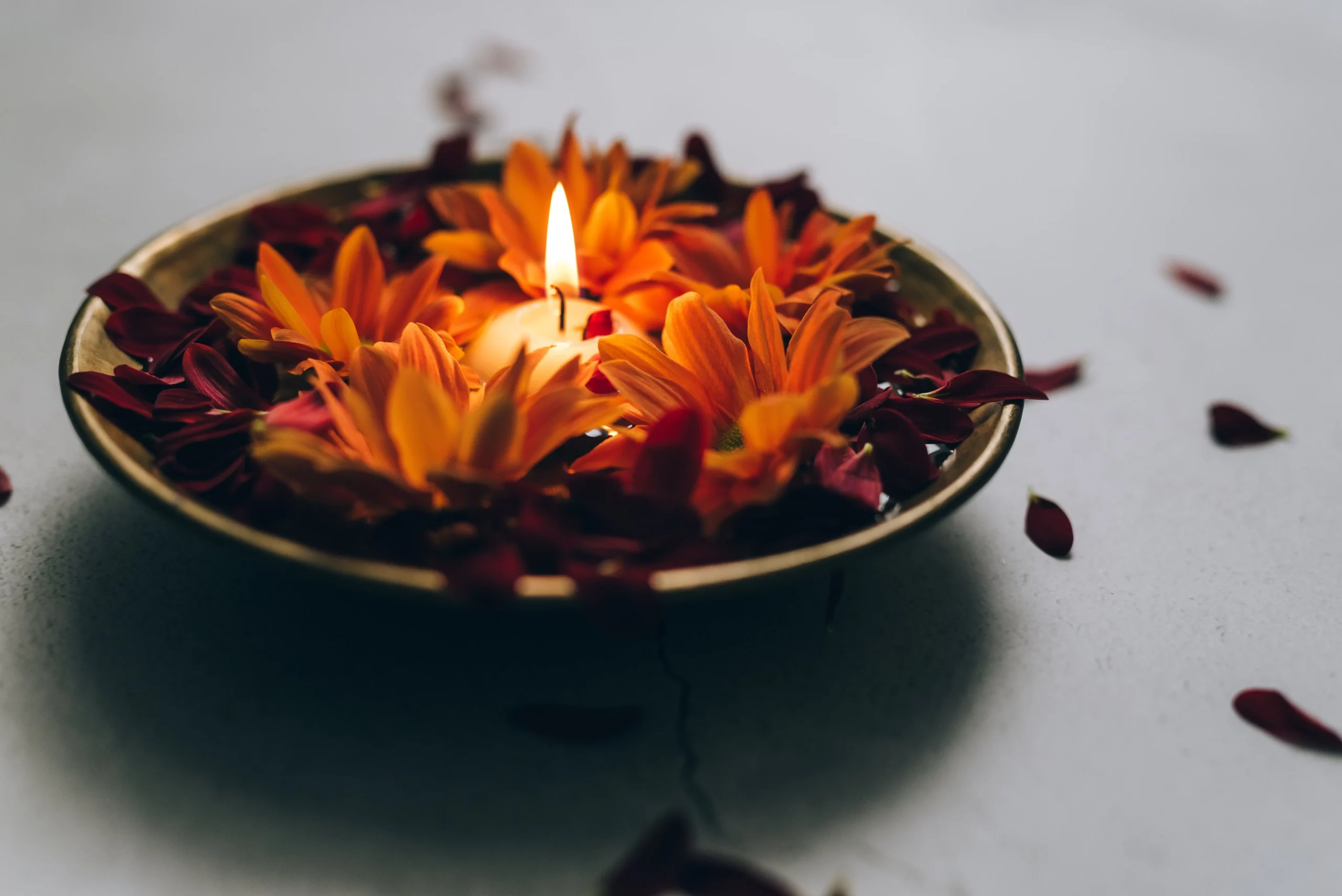We are united by the distinctiveness of each music genre in India. We are all familiar with the distinctive Indian musical genre, which is loved by billions of people both inside and outside of India. However, did you realize that Indian music has influenced Western music for as long as the Beatles?
There are various types of songs in India. These days, it is very popular to create music, so you can always find a new genre or two genres mixed to create something altogether new, and so on. So here is a basic overview of the various genres, regions, and styles of Indian music.
Mugafi Ved – AI Storywriting tool
What is a Song, and what are its types?
In the simplest term, through the use of the components of rhythm, melody, harmony, and color, music is an art that portrays concepts and feelings in meaningful ways. Numerous variations of Punjabi music, classical music, folk music, film music, Indian rock, and Indian pop are among the different genres of Indian music. In India, music has always been an important aspect of socio-religious life.
Mugafi Ved – AI copilot for writers
India is a nation renowned for its richness in culture and its many various kinds of Indian music. There are various styles of Indian music in each region of the country, setting it apart from other nations, which are as follows:-
Classical Music
Classical music can be traced back to our ancestors and is among one of the oldest types of songs in India. Indian classical music belongs to the Indian subcontinent and can be broadly classified into the following categories-
Carnatic music
The history of Carnatic music can be traced back to the fourteenth and fifteenth centuries AD. It started in South India under the Vijayanagar Empire’s rule. Currently, about 300 ragams are in use. The most well-known composer of Carnatic music is Annamayya. He is usually referred to as the Pitmaha of Andhra (Godfather of Telugu melody composing). The father of Carnatic music is thought to be Purandara Dasa. Carnatic music has played a crucial role in film music throughout the past century.
There are several parallels between Hindustani classical music and Carnatic music. A significant component of practically all Indian music you’ll ever hear is the Karnatak style, which has a very liberating and uplifting feel to it. People adore this look because it is so distinctive. These songs’ instrumentation is remarkably similar to those of other well-liked subgenres, like the Dhrupad and Thumri styles. The instruments used in Carnatic music are mridangam, ghatam, kanjira, chenda, venu, saraswati veena, tanpura etc.
Hindustani music
The foundation of Hindustani music is the system of Ragas, which are melodic scales made up of various arrangements of the fundamental seven notes and sung to a rhythmic cycle known as a Taal.
The northern region of India is where this style of music is most common. Dhrupad & Dhamar’s birth might be linked to the origins of Hindustani music. It later transformed into Instrumental & Vocal Streams. Due to the Mughal Kingdom’s influence, Khayal continued to emerge from Dhrupad, and the character of classical music changed as it moved from temples to courts. The Hindustani Style has been greatly influenced by people with names like Miyan Tansen.
Over several centuries, it evolved into a strong and distinctive custom, with modern customs mostly established in India but also in Bangladesh and Pakistan.
Dhrupad, Dhamar, Khyal, Tarana, and Sadra are the traditional classifications. A few semi-traditional buildings are also present.
Light Classical music
There are many different forms that fall under the umbrella of Indian classical music that is somewhat comparable yet less intense. These genres of music, which include Chaiti, Natya Sangeet, Bhajan, Qawwali, Thumri, Kajri, Tappa, Dadra, and Ghazal, are referred to as “semi-classical” or “light classical” Indian music.
Folk Music
Among the different types of songs in India, Folk Music has the widest share. The basis for the cultural uniqueness of each state in the nation of India is its distinctive musical genre. Each state of India has its own unique style of folk music.
Bhangra and Giddha
Bhangra is a style of Punjabi folk music-based dance. The current melodic approach is derived from an unconventional melodic accompaniment to Punjabi chords with a similar name. Giddha is the name of the district’s female movement.
Bihu and Borgeet of Assam
The Indian state of Assam celebrates the new year with a festival known as Bihu. The festival is accompanied by unique, lively music performed on traditional wind instruments and drums, such as the gogona, the dhol drum, and the buffalo horn Pepa, which are essential to the celebrations.
Dandiya
Dandiya, commonly referred to as Raas, is a style of stick-based dance that is performed during the Navaratri festival. It is a common ritual in Gujarati culture and is primarily observed there, while it is also present in Rajasthan and Marwar.
Jhumair and Domkach
The music of Nagpuri community is Jhumair and Domkach. The melodic instruments used in folk music and dance include the dhol, the mandaar, the bansi, the nagara, the dhak, the shehnai, the khartal, and the narsinga, and others.
Lavani
The word Lavani comes from the word Lavanya, which means “excellence.” In Maharashtra, this is one of the most popular styles of dance and music to be practiced. In all honesty, it has evolved into a significant component of Maharashtrian people’s move displays. Lavani is occasionally sung by male craftsmen, but mostly the tunes are performed by women.
Kalbelia
The cultural rituals of the Kalbeila of the people of Rajasthan are one of the most recognizable songs and dance forms in all of India. The songs and dances of the tribe serve as identifiers and symbols of their pride. Additionally, they made use of a variety of percussion instruments, such as the dholak, khuralio, khanjari, dafli, and others. The majority of the songs draw their inspiration from ballads and tales from Indian mythology and folklore.
Sufi folk-rock
Sufi folk-rock is a relatively new genre of music in India, but it is slowly growing into huge popularity everywhere. It combines modern hard rock music with both classic components of Sufi religious poetry. In 2005, an Indian singer broke new ground by topping the charts with a Sufi folk-rock song. This was followed by other Bollywood songs that solidified the genre’s place in neo-Indian culture.
Bengali
Over 2,200 Bengali songs by Rabindra Nath Tagore were written, and his works continue to serve as an inspiration for traditional folk music all over the nation. The music has distinct Bengali elements that are well-liked in Bangladesh and India.
Haryanvi
In Haryana, there are primarily two styles of folk music. The first is classic folk, which typically includes songs about valor, joy, breaking up with a lover, and related subjects. The other genre of music is desi folk, which has a little faster tempo and also depicts related subjects. Both genres of folk music use indigenous Indian instruments such as the Mandar, Bansi, Khartal, Shehnai, Narsinga, and the Dhol and Nagara drums.
Hadrami Marfa
The Siddi community of East Africa, which resided in Hyderabad State, was responsible for bringing Marfa music to India in the 18th century.
The Hadramawt region of Yemen has had a significant influence on the festive music known as hadrami. The instruments used to create the song are marfas, dhols, sticks, steel pots, daff, and thapi hardwood strips. It is widely known for its fast tempo and joyous rhythm.
Uttarakhandi music
In the state of Uttarakhand, religious ceremonies and festivals frequently feature performances of Uttarakhandi music. The songs typically highlight the value of nature, the valor of historical figures, tales, and significant cultural practices of the state. Masak Baja, Daur, Thali, Ransingha, Damoun, Dholki, Dhol, Bhankora, Harmonium, and Tabla are some of the musical instruments employed.
Filmy Music
Filmi, or music from Indian movies, is one of the most popular types of songs in India and accounts for 72% of all music sales there. The Indian film industry supported music by paying homage to traditional music and employing western collaboration to promote Indian compositions. Similar to R. D. Burman, Shankar Jaikishan, S. D. Burman, Madan Mohan, Bhupen Hazarika, etc.
In Indian movies, the voices for the songs are typically provided by professional playback vocalists, who sound progressively created, musical, and deep as entertainers lip-sync on screen. Hindi movies used to have their voices provided by a small group of vocalists.
Pop Music
Indians are known for embracing their culture, yet thanks to Bollywood films, pop music is quickly overtaking other genres as the nation’s most popular music style. Indian classical and traditional music are blended with contemporary beats from all over the world in the adaption of Indian pop music. Film soundtracks and background scores are the principal musical representations of this genre in the film industry.
In a nutshell, it can be concluded that Indian music has a diverse and dynamic classification system that reflects regional customs and cultures. Based on where it occurs, it is divided into several genres. Indian music is both secular and sacred. Additionally, contemporary world music has an influence on it.
Other Important Links
Learn Lyric Writing from Sameer Anjaan
Learn singing online with Monali Thakur
Join Unlu Lyric Writing Fellowship and Become the next great Lyricist
Join Unlu Community of Lyricists, Singers, Composers, and Producers







